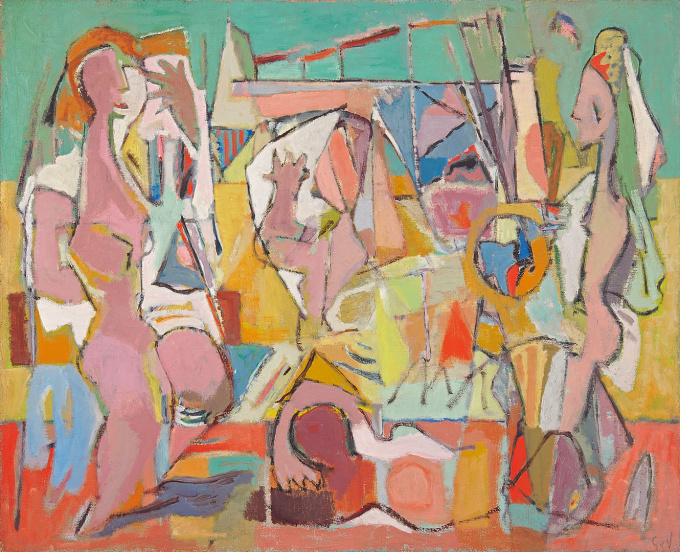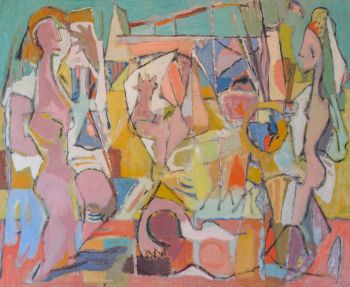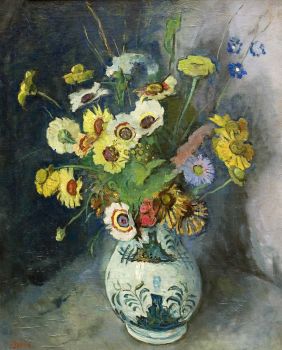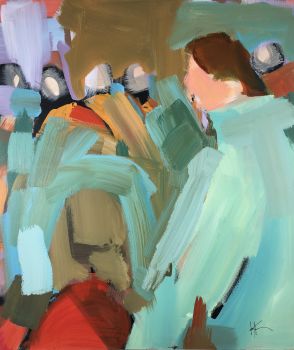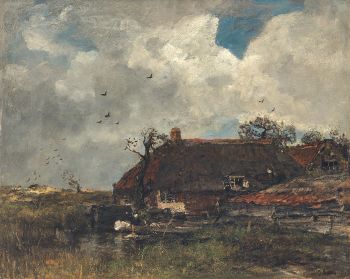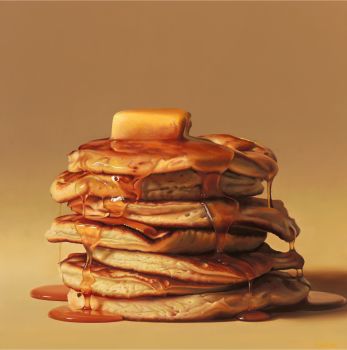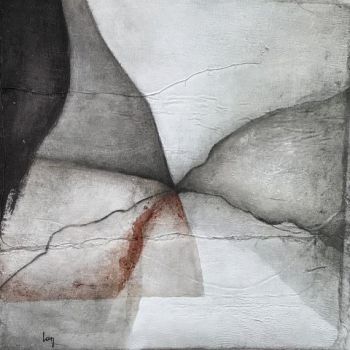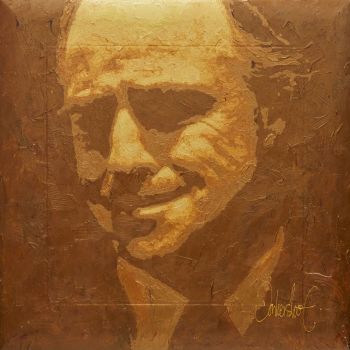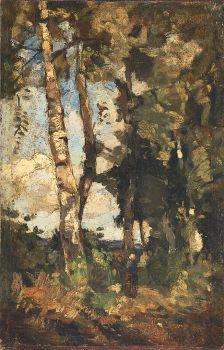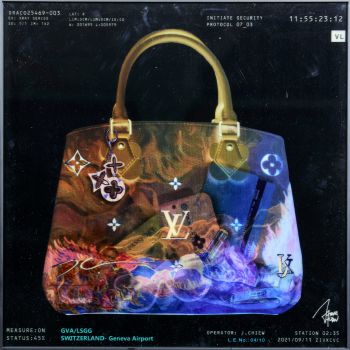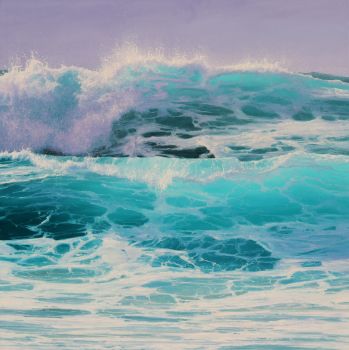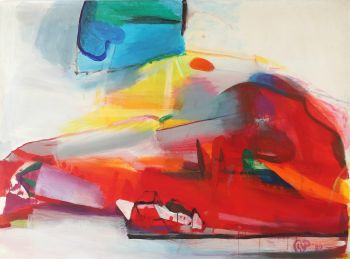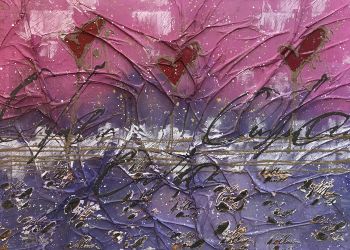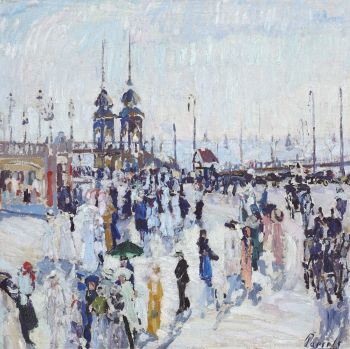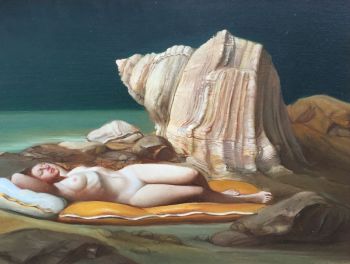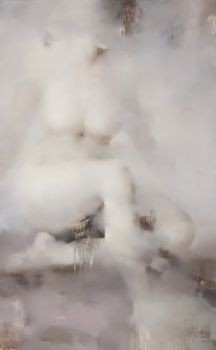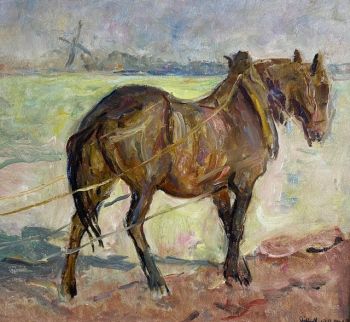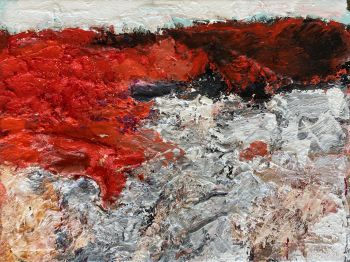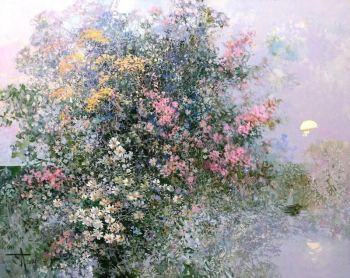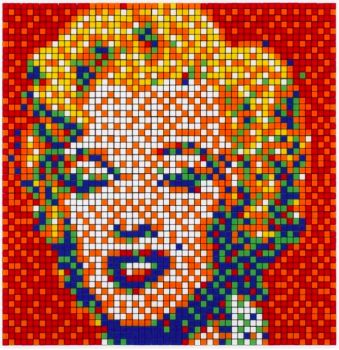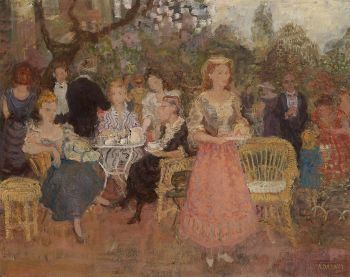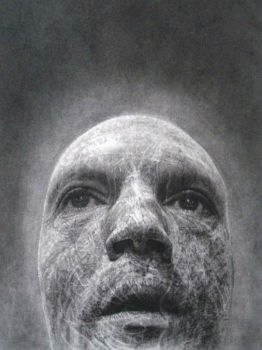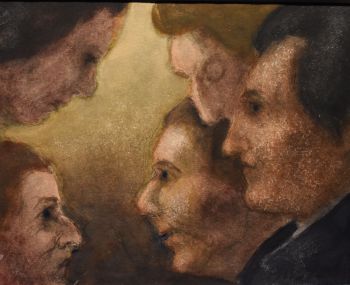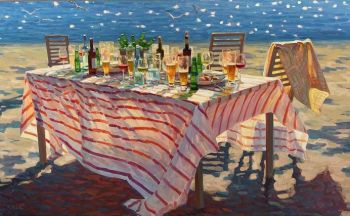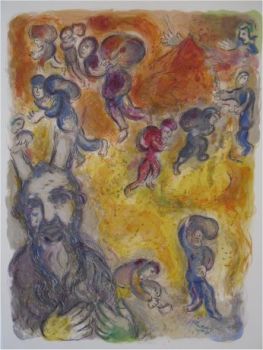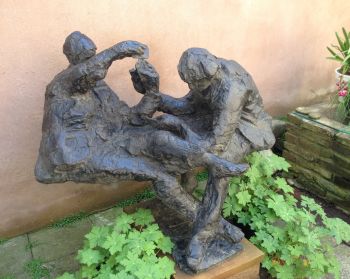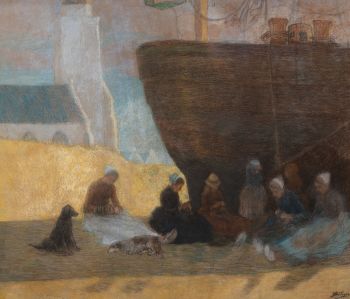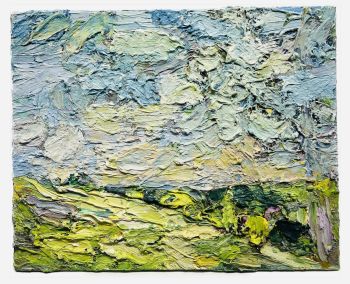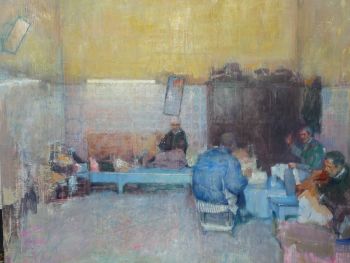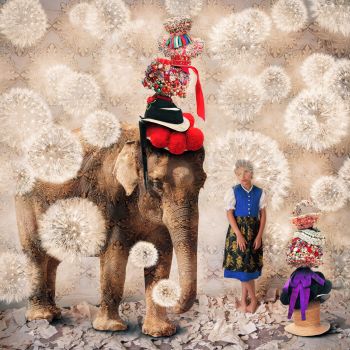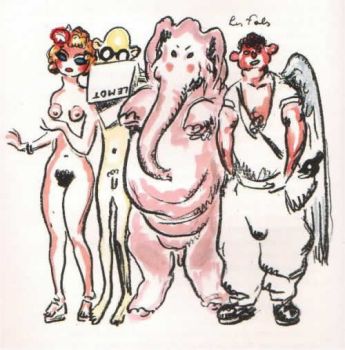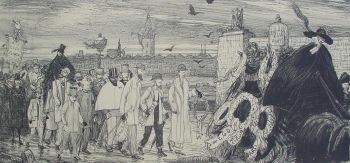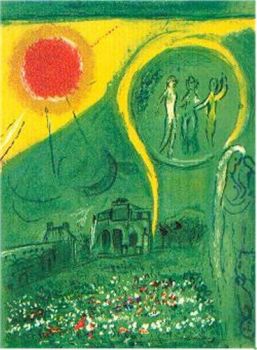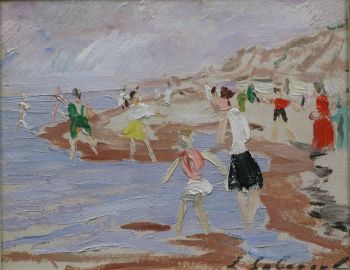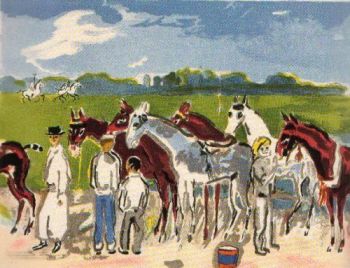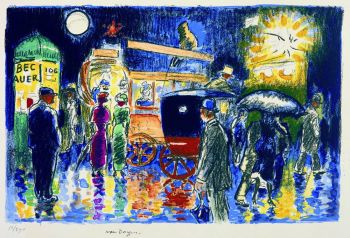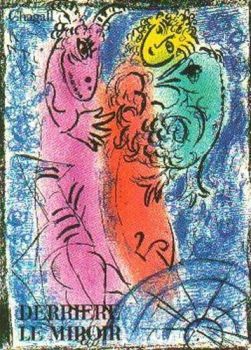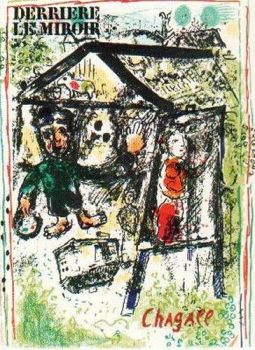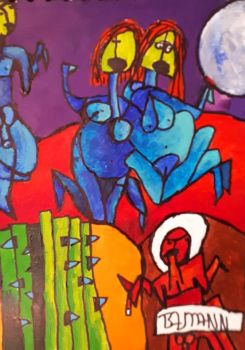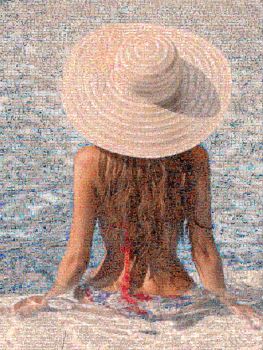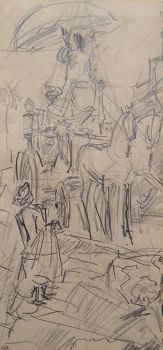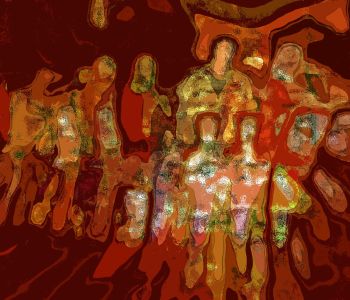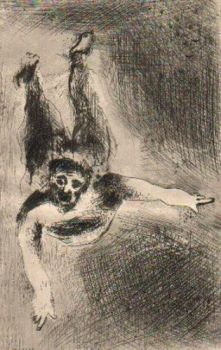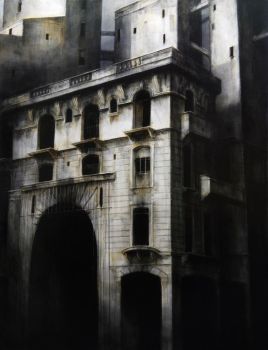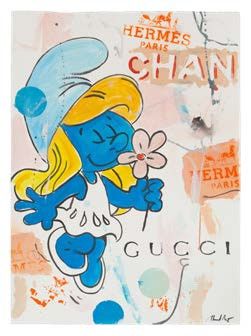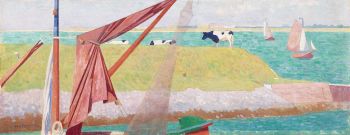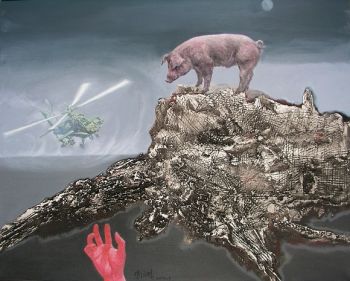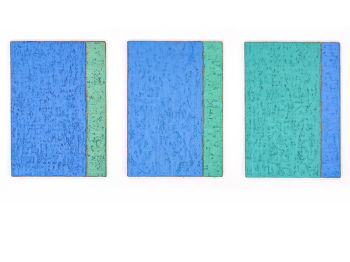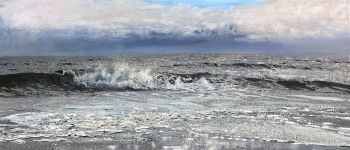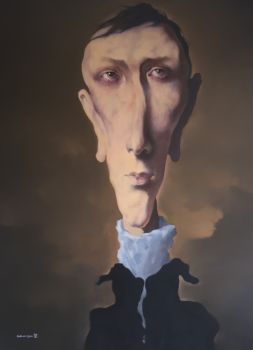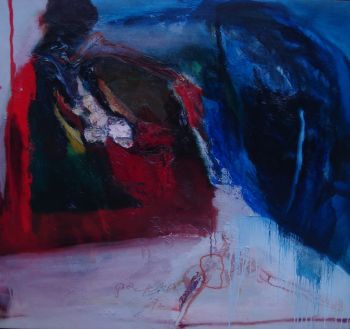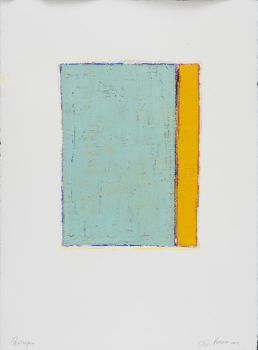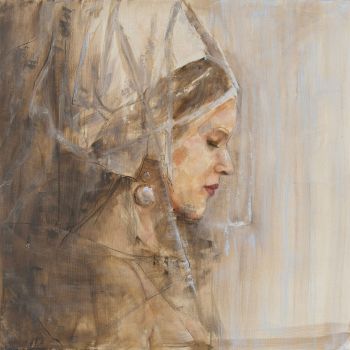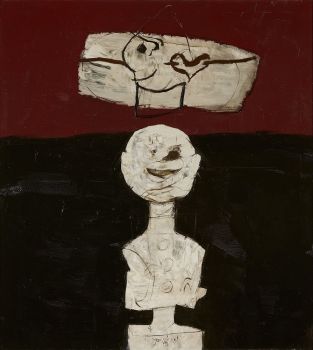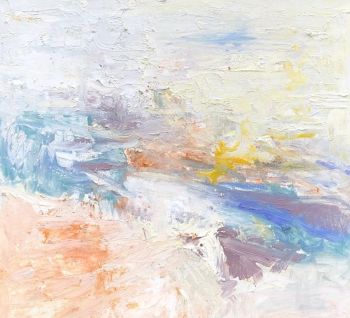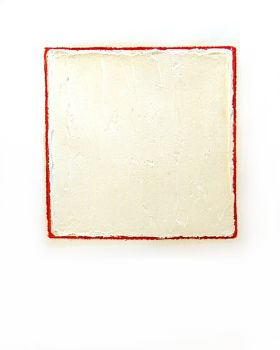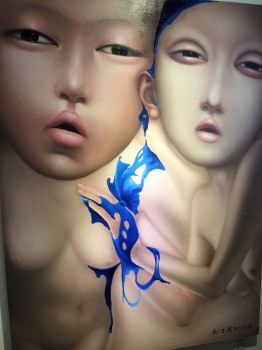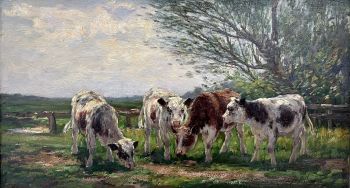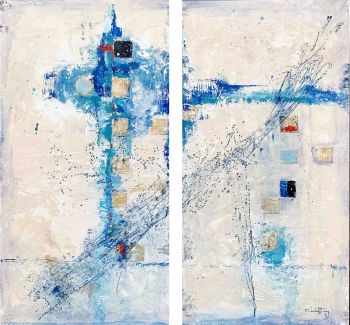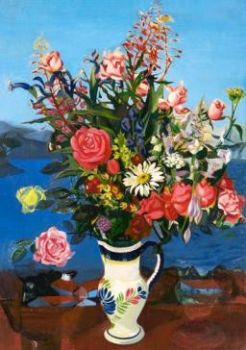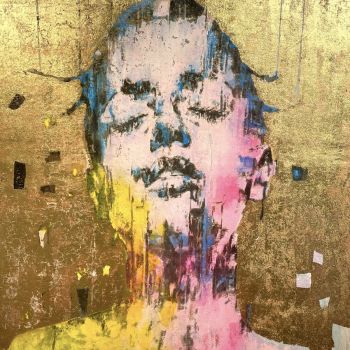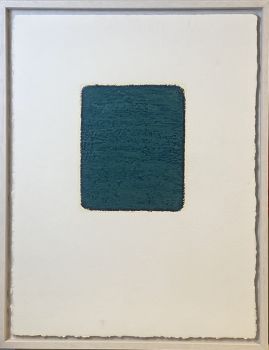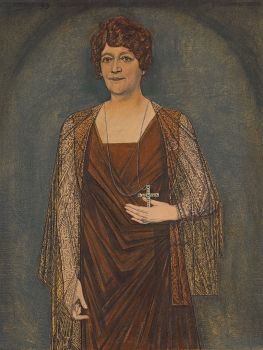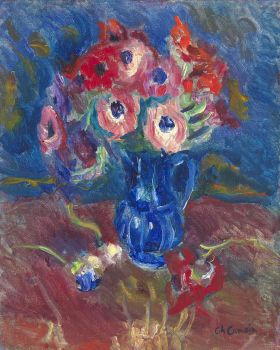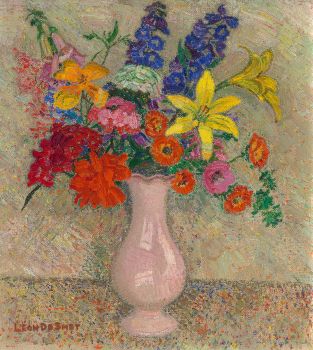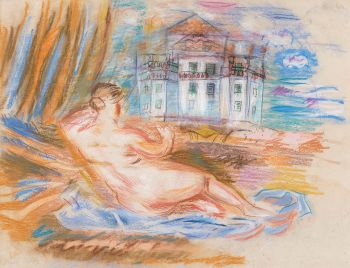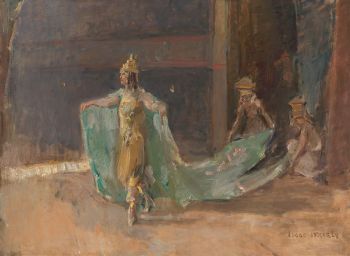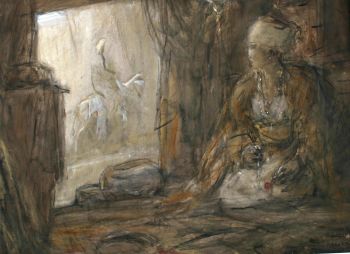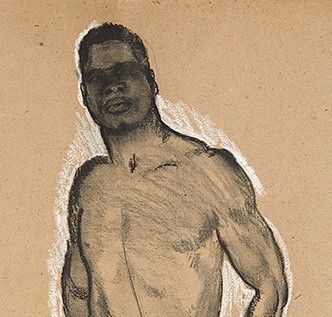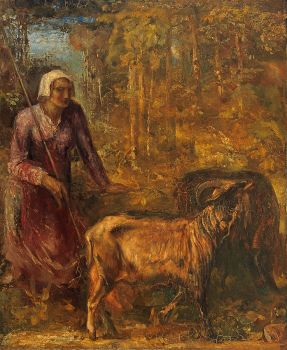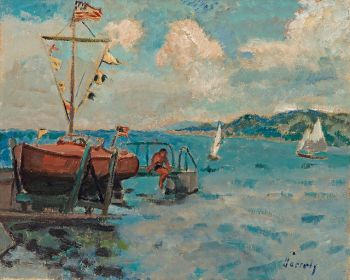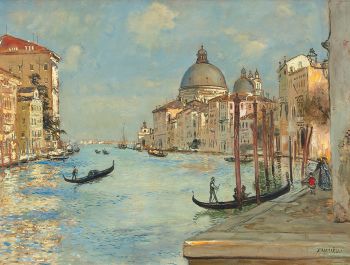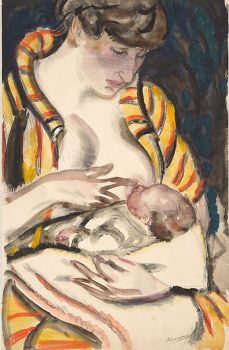Composition: On The Beach, Cagnes sur Mer 1939
Geer van Velde
LienzoPintura de aceitePintura
81 ⨯ 99 cm
ConditionExcellent
Actualmente no disponible a través de Gallerease
Studio 2000 Art Gallery
- Sobre la obra de arteOil on canvas
81,7 x 99,3 cm.
Signed: lower right ‘G.v.V’
Provenance: Kunsthandel M.L. de Boer, Amsterdam; Christie's, 05 Jun 2007, lot no. 115; Kunsthandel Simonis & Buunk, Ede; Private collection; Private collection, The Netherlands.
Literature: Les Cahiers d’Art, 1945-1946, Paris 1946, p. 256.
Will be reproduced in the Catalogue Raisonné of the work of Geer van Velde currently being prepared by Mr. Pierre François Moget. Certificate of authenticity of Piet Moget made in Port-la-Nouvelle on December 10, 2018.
Geer van Velde (1898-1977) worked initially as an expressionist. He settled in Paris in 1925 and was influenced by fauvism and cubism. After The Second World War he belonged to the École de Paris. Developed a lyrical-abstract style, in which the forms refer to the visible reality. His work is characterized by harmony and purity. Lived unlike his brother Bram extremely isolated.
From 1938 his work undertook a radical change. That year he settled in the South of France, Cagnes-sur-Mer, where he came to develop his own abstract geometrical imagery, concentrated around the expression of light, a characteristic restrained use of color with matt hues. Observed forms, as well as the light and space surrounding them, he transforms into a balanced play of lines and mainly geometrical surfaces in delicate color schemes. - Sobre el artistaGeer van Velde pertenece a los artistas más destacados de la École de Paris de la posguerra. Originalmente, Geer van Velde era pintor de casas. Geer se unió a su hermano Bram en París en 1925 para desarrollar aún más su talento artístico. En un principio, realizó una obra figurativo-expresionista. Sin embargo, especialmente después de su traslado al sur de Francia en 1938, encontró su propio estilo, influenciado por la luz mediterránea: la realidad reducida a líneas verticales, horizontales y diagonales y áreas de color rellenas. En esto, la representación de una luz filtrada pálida jugó un papel importante. Hasta 1940, las figuras y los objetos aún eran reconocibles en su obra. Murió en Francia en 1977.
¿Está interesado en comprar esta obra de arte?
Artwork details
Categoría
Tema
Material y Técnica
Colour
Related artworks
Geer van Velde
Composition: on the beach, ca. 19401898 - 1977
Precio a consultarStudio 2000 Art Gallery
1 - 4 / 4Eduard Charlemont
‘Allegories of Africa and America’1872
Precio a consultarZebregs & Röell - Fine Art - Antiques
1 - 4 / 24- 1 - 4 / 24
Rene Rietmeyer
"PORTRAIT OF JOSEPH KOSUTH MAY 1999"1999
Precio a consultarEuropean Cultural Centre Collection
1 - 4 / 24- 1 - 4 / 12

